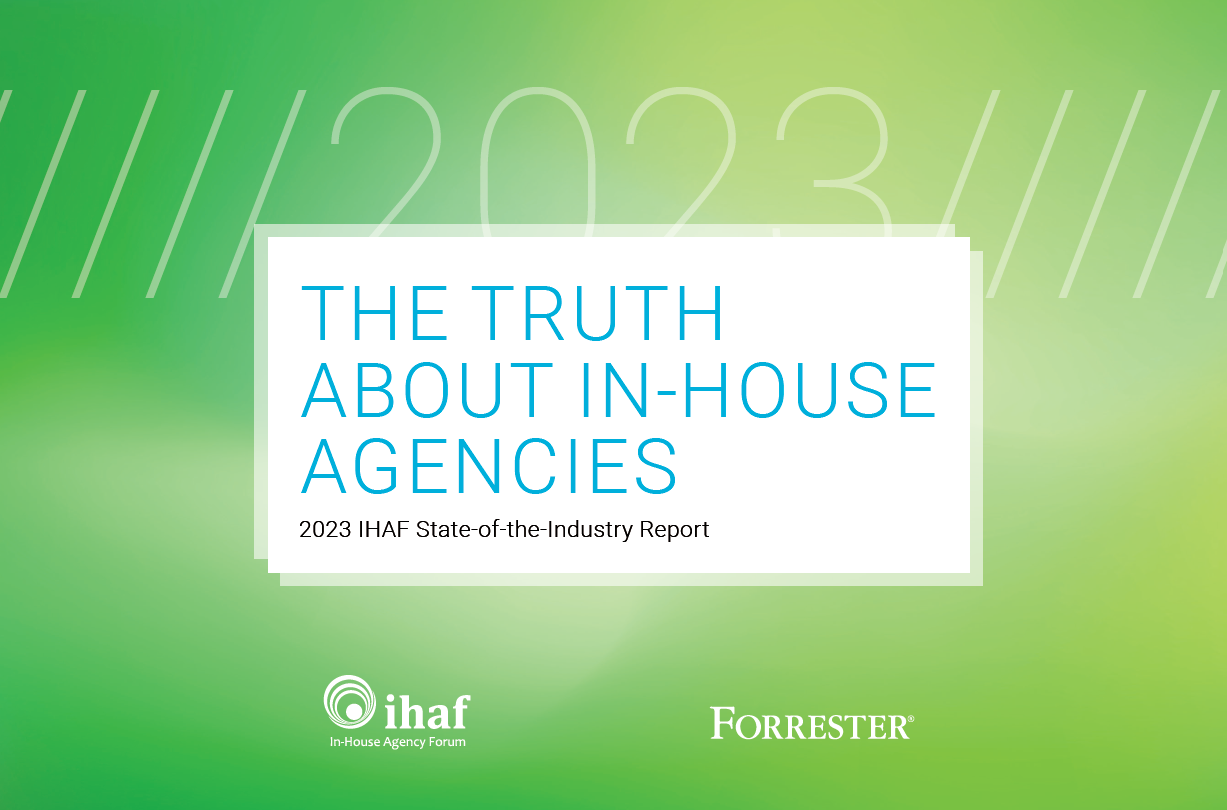Sound Practices: How Audio Mixing Can Elevate Work

The role of audio in post-production has changed dramatically over the years. And thanks to shrinking budgets, the task of audio mixing often falls to teams without expertise in the latest audio resources and capabilities. This is why it often makes sense to tap specialists to help elevate your production with a professional audio mix.
A good audio mix often means simply not “noticing” the audio. Nothing jumps out at you. Nothing seems unnatural or out of place—when transitions between edits, sources, different rooms, and tones have all been smoothed out. When you watch videos on YouTube, for instance, inconsistencies in audio levels or changes in room tone can be jarring and take the viewer out of the experience and make a production seem unprofessional. Good sound should be seamless, keep the viewer engaged and not be a distraction.
These days, we’re “noticing” the audio a lot more than we should. We’re hearing sloppy edits and recordings jammed together without fades, blending of tones or reducing noise. We’re hearing flat EQ for dialogue when it could certainly have used some brightening and/or subtracting of harsh frequencies. With careful, expert use of editing, dynamics processing, equalizing, specialized audio restoration tools and partnering with a veteran post production partner, it’s possible to achieve transparency and allow for a better connection with the audience.
Putting it in Perspective
 Let’s say you’re working on a simple, testimonial-style production. You have conducted three interviews. Subject A was recorded outside on a park bench. Subject B was recorded in a coffee shop. Subject C was recorded in her office. When you watch the final edit of the piece, it switches back-and-forth between subjects—the clashing ambiences are jarring, the audio is noisy and the production lacks audio clarity. Here are some of the techniques we would use to improve your production.
Let’s say you’re working on a simple, testimonial-style production. You have conducted three interviews. Subject A was recorded outside on a park bench. Subject B was recorded in a coffee shop. Subject C was recorded in her office. When you watch the final edit of the piece, it switches back-and-forth between subjects—the clashing ambiences are jarring, the audio is noisy and the production lacks audio clarity. Here are some of the techniques we would use to improve your production.
Overall, we would start with a general cleanup of the dialogue. We would edit out clicks and pops from the subjects’ vocals. If pieces were edited together, maybe there are some cut-off breaths that can sound awkward. We could remove those breaths and replace with some of the on-mic room tone for a smooth and natural read. We might add some of our own room tone from our extensive sfx library in order to help bridge the transitions from subject to subject. All of these elements work together to ensure a more enjoyable listening experience for the audience.
Aside from a general cleanup, we would treat each subject a little differently.
Subject A in the park: We would apply some general noise reduction to lessen any low-end rumble, distant traffic noise, and outdoor ambience such as wind. Maybe there are some distinct, distracting elements to the audio such as bird calls, footsteps of a passersby, etc. We have tools to map out those frequencies and “paint out” some of those unwanted elements.
Subject B in the coffee shop: We would focus on lessening the clinking of dishes and silverware, extraneous dialogue of other patrons, the entering and exiting of the shop, etc. We would do anything possible to make Subject B the sole focus of the production.
Subject C in the office: This setting will likely be considerably less noisy. She is probably in a room with little to no audio surprises. There might be a stray phone ring or some ventilation noise. But the extensive cleanup of Subject A and B will help the flow of the production as it transitions from a clean office environment to a coffee shop to an outdoor park.
 All of this only scratches the surface of what we can do to help elevate a production. In some cases, we could try replacing lines altogether by performing ADR (automatic dialog replacement) or realigning alternate takes from the production to match the onscreen edit. In the end, the biggest asset we provide is a set of experienced ears that can achieve natural volume balances and smooth transitions so that your viewer is never pulled out of the experience.
All of this only scratches the surface of what we can do to help elevate a production. In some cases, we could try replacing lines altogether by performing ADR (automatic dialog replacement) or realigning alternate takes from the production to match the onscreen edit. In the end, the biggest asset we provide is a set of experienced ears that can achieve natural volume balances and smooth transitions so that your viewer is never pulled out of the experience.
If you’d like to experience this audio approach, send us a piece of sample, problem audio (under 30 seconds). We’d be happy to dress it up for you to represent the before and after quality. Contact Ken Kingdon at Soundtrack - 617-303-7500 to get the ball rolling.
- advertising,
- agency,
- association,
- audio,
- brand,
- budgets,
- client,
- CMO,
- content,
- corporate,
- creative,
- digital,
- equalizer,
- frequencies,
- IHAF,
- in-house,
- insource,
- internal,
- kingdon,
- leadership,
- management,
- marketing,
- media,
- membership,
- networking,
- partnership,
- production,
- professional,
- process,
- social,
- soundtrack group,
- transparency,
- trends
Recent Posts

In-House Data: Fact or Fiction?
October 16, 2023
I’m going to be honest with you, which I always am but this time it’s scary honesty. There are a lot of in-house agency research reports out there. And not all of them contain data that are close to the integrity of the studies IHAF publishes—the next of which drops at the IHAF conference on …

IHAF Wrapped
December 20, 2023
One of our favorite things to do at year-end is look back at the events, presentations, and online resources our members tapped most. (Why should Spotify have all the fun?) Here are a few of your favorites in 2023:
• New Assortment of Org Charts Download • Updated Job Profiles …











No Reader Comments